La Flor/The Flower
[ES] Hola #hivers, hace varios días hemos estado comentando con los amigos @alicia2022, @garorant, @cpol y otros integrantes del Discord de Pizza sobre qué es y qué no es una flor. Aunque en primera impresión puede parecer un tema trivial, debo decirles que puede ser un tema truculento. Por ejemplo, la imagen de portada de este post es una flor, sin embargo, la imagen que les dejo a continuación 👇 NO es una flor.
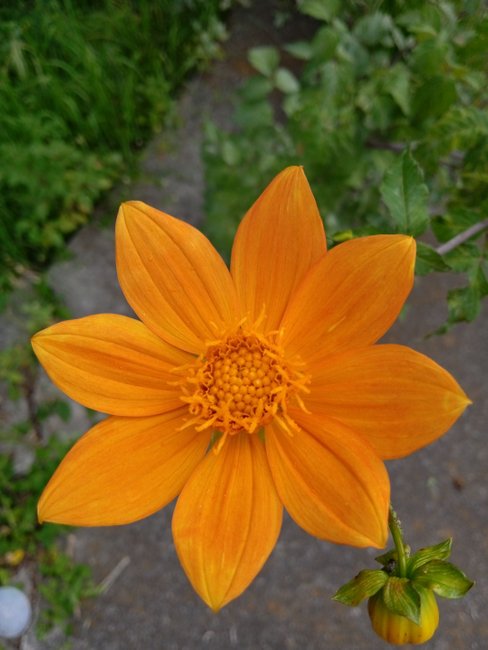
Y ya imagino que se estarán preguntando, si esto no es una flor… ¿entonces qué es? Bueno la respuesta a esa pregunta la veremos al final de este post 😉.
Las flores son muy diversas en formas, colores y cantidad de estructuras, sin embargo, existen un grupo de flores que pueden ser usadas, digamos, como modelo para entender como están compuestas, ya luego será más sencillo comprender las modificaciones. Es importante comprender que la flor es un órgano reproductivo y por tanto debe cumplir al menos parcialmente esta función para que sea considerada como tal.

Lo primero a entender es que la flor es un organo compuesto por varias partes, que cumplen funciones diferentes y que se pueden agrupar de acuerdo con su forma y función. Si nos fijamos en la imagen de arriba 👆 es fácil darse cuenta de que existen varios tipos de estructuras que se parecen por la forma y el color. A cada conjunto de estructuras semejantes se les llama de forma genérica verticilos.
Cada una de las estructuras que forma un verticilo es en realidad una hoja que se ha modificado para cumplir una función específica.
Estos conjuntos de estructuras están generalmente organizados en forma circular y unidos a una rama modificada llamada pedúnculo (pie pequeño). El pedúnculo está ensanchado hacia arriba, formando el receptáculo que es donde se insertan los verticilos.
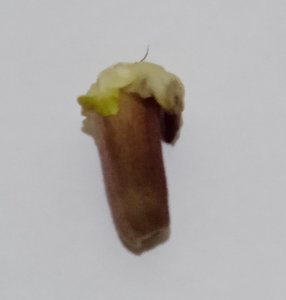
La flor típica está compuesta además del pedúnculo por cuatro verticilos diferentes. Estos son Cáliz, Corola, Androceo y Gineceo, cada uno con una función específica.
Cáliz
El cáliz es el verticilo más externo y su función principal es proteger la flor. Está compuesto por piezas generalmente de color verde llamadas sépalos. Si las piezas están separadas se llama cáliz dialisépalo y si están unidas se llama cáliz gamosépalo.
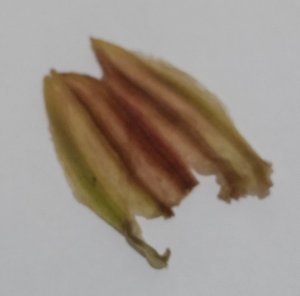
Corola
La corola es quizás el verticilo que mejor conocemos y por el cual las flores nos llaman tanto la atención. La corola es el conjunto de pétalos, su función es de atracción, pueden ser grandes y de colores atractivos, o estar completamente ausentes.
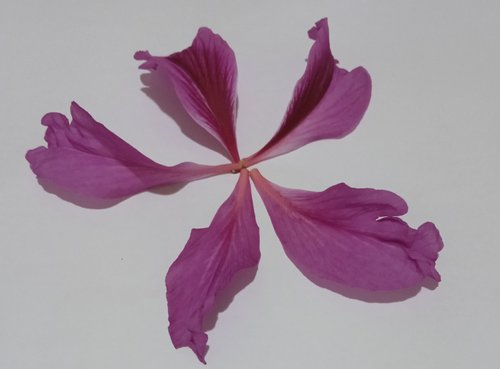
Los pétalos pueden estar completamente separados en las flores dialipétalas o unidos formando una estructura única en las flores gamopétalas.
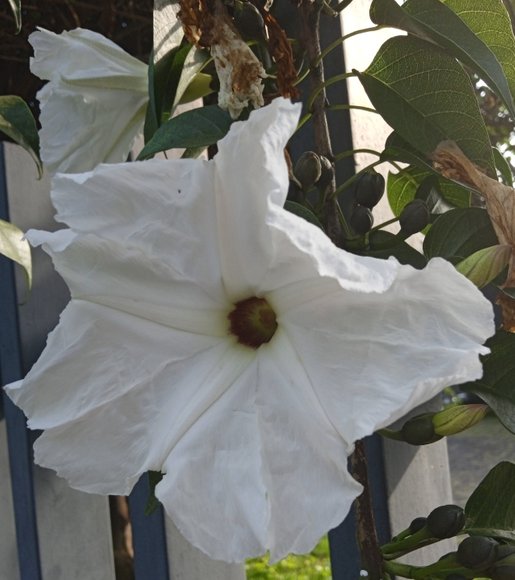
Androceo
El androceo es un verticilo con función reproductiva, es el encargado de la función masculina y está compuesto por varias estructuras llamadas estambres.
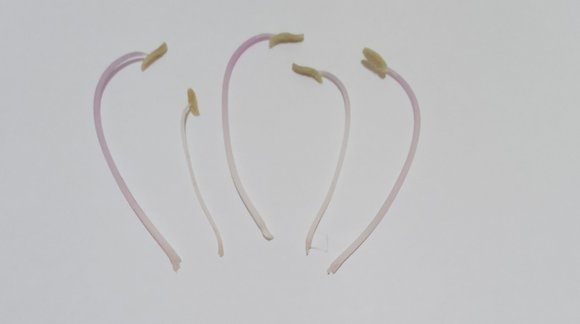
A su vez cada estambre está compuesto por el filamento, que es una estructura de sostén y la antera que es donde se forman los granos de polen. Las anteras se encuentran generalmente al final de filamento y cuando están maduras liberan un polvo comúnmente de color amarillo (el polen). Los granos de polen son los encargados de moverse hasta la parte femenina y fecundar la flor.
Gineceo
Es el verticilo con la función femenina, está compuesto por un grupo de estructuras llamadas carpelos, los carpelos pueden estar libres (apocárpicos) o fusionados (sincárpicos). Los carpelos, independientemente o en su conjunto, forman una cavidad en la que se almacenan los óvulos llamada ovario. El ovario puede presentarse hacia la base o a mediados del gineceo.
El resto del gineceo está compuesto por una estructura cilíndrica alargada llamada estilo, el cual se ensancha en el límite superior formando el estigma que es la parte de la flor preparada para recibir el polen. El estigma puede ser único como resultado de la fusión de los carpelos o puede que los carpelos se separen hacia la punta del estilo, formado varios estigmas (uno por carpelo). Este verticilo es el que posterior a la fecundación dará origen al fruto.
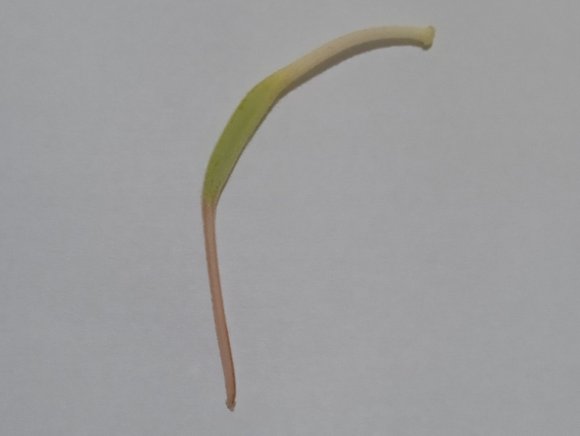
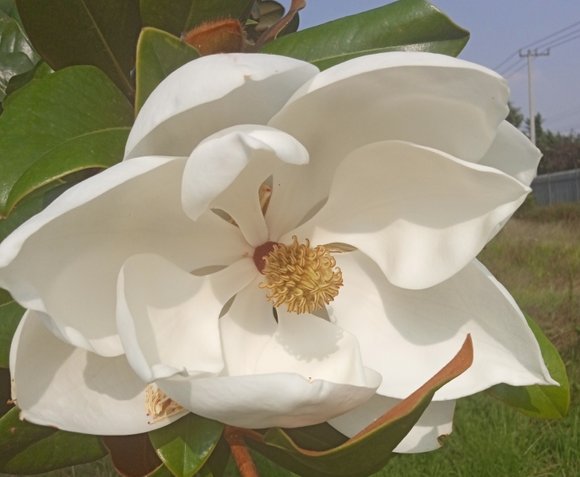
Variaciones
Lo que ocurre es que cada uno de estos verticilos puede estar modificado, reducido o no estar. Esto puede complicar sobremanera identificar una flor, pero si tenemos un órgano que es capaz de realizar la función reproductiva se considera una flor. En cuanto a la pregunta de inicio, la respuesta es es que, en ese caso hay muchas flores pequeñas unidas en una sola estructura especializada llamada inflorescencia. Pero eso es tema para otro post, por allá nos vemos.
Simple flower
[EN] Hello #hivers several days ago we have been commenting with friends @alicia2022, @garorant, @cpol and other members of the Pizza Discord about what is and what is not a flower. And although at first impression it may seem a trivial topic I must tell you that it can be a tricky one. For example, the cover image of this post is a flower. However, the image I leave you below 👇 is NOT a flower.

And by now I imagine you're wondering, if this isn't a flower... then what is it? Well the answer to that question we will see at the end of this post 😉.
Flowers are very diverse in shapes, colors and amount of structures, however, there are a group of flowers that can be used, let's say, as a model to understand how they are composed, and then it will be easier to understand the modifications. It is important to understand that the flower is a reproductive organ and therefore must fulfill at least partially this function to be considered as such.

The first thing to understand is that the flower is an organ composed of several parts, which fulfill different functions and can be grouped according to their shape and function. If we look at the image above 👆 it is easy to realize that there are several types of structures that are similar in shape and color. Each set of similar structures is generically called a whorl.
Each of the structures that form a whorl is actually a leaf modified to serve a specific function.
These sets of structures are generally arranged in a circular shape and attached to a modified branch called a peduncle (small foot). The peduncle is flared upward, forming the receptacle where the whorls are inserted.

The typical flower is composed of four different whorls in addition to the peduncle. These are Calyx, Corolla, Androecium and Gynoecium, each with a specific function.
Calyx
The calyx is the outermost whorl and its main function is to protect the flower. It is composed of pieces generally of green color called sepals. If the pieces are separated it is called dialisepalous calyx and if they are united it is called gamosepalous calyx.

Corolla
The corolla is perhaps the whorl we know best and why flowers attract so much attention. The corolla is the set of petals, its function is of attraction, they can be large and attractive colors, or be completely absent.

Petals may be completely separate in dialipetalous flowers or united to form a single structure in gamopetalous flowers.

Androecium
The androecium is a whorl with reproductive function, it is in charge of the male function and is composed of several structures called stamens.

In turn, each stamen is composed of the filament, which is a support structure, and the anther, which is where the pollen grains are formed. The anthers are generally found at the end of the filament and when ripe release a powder, usually yellow in color (pollen). The pollen grains are responsible for moving to the female part and fertilizing the flower.
Gynoecium
It is the whorl with the female function, it is composed of a group of structures called carpels, the carpels can be free (apocarpic) or fused (syncarpic). The carpels, independently or as a whole, form a cavity in which the ovules are stored called the ovary. The ovary may occur towards the base or in the middle of the gynoecium
The rest of the gynoecium is composed of an elongated cylindrical structure called the style, which widens at the upper limit forming the stigma which is the part of the flower prepared to receive pollen. The stigma may be single as a result of the fusion of the carpels or the carpels may separate towards the tip of the style, forming several stigmas (one per carpel). This whorl is the one that after fertilization will give rise to the fruit.


Variations
What happens is that each of these whorls can be modified, reduced or absent. This can make it very difficult to identify a flower, but if we have an organ that is able to perform the reproductive function, it is considered a flower. As for the initial question, the answer is that, in that case there are many small flowers united in a single specialized structure called inflorescence. But that is a topic for another post, see you there.
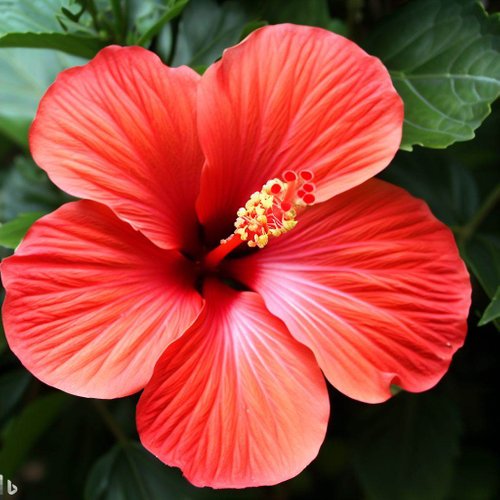
¡Sumamente interesante! Esas son las cosas que uno no le enseñan nunca y termina uno cometiendo imprecisiones. ¡Me pasaba con ciertas frutas que consideraba verduras! ¡Excelente post! !PIZZA !PGM !CTP
BUY AND STAKE THE PGM TO SEND A LOT OF TOKENS!
The tokens that the command sends are: 0.1 PGM-0.1 LVL-0.1 THGAMING-0.05 DEC-15 SBT-1 STARBITS-[0.00000001 BTC (SWAP.BTC) only if you have 2500 PGM in stake or more ]
5000 PGM IN STAKE = 2x rewards!
Discord
Support the curation account @ pgm-curator with a delegation 10 HP - 50 HP - 100 HP - 500 HP - 1000 HP
Get potential votes from @ pgm-curator by paying in PGM, here is a guide
I'm a bot, if you want a hand ask @ zottone444
Gracias @cpol, me alegra que te gustara. Ojala sirva de ayuda. Para mi un placer escribirlo
$PIZZA slices delivered:
cpol tipped gornat
@alicia2022(1/15) tipped @gornat
https://leofinance.io/threads/cpol/re-leothreads-htxkvbjs
The rewards earned on this comment will go directly to the people ( cpol ) sharing the post on LeoThreads,LikeTu,dBuzz.
https://reddit.com/r/flowerBlog/comments/13uh6z5/a_blog_from_a_biologist_who_explains_how_to/
The rewards earned on this comment will go directly to the people( @cpol ) sharing the post on Reddit as long as they are registered with @poshtoken. Sign up at https://hiveposh.com.
Muy interesante... ahora tendré una duda permanente cuando vea cada una de esas bellezas: Será flor o no-flor? y me veré obligada a estudiar cada una y ver si tienen todas las estructuras características de la flor.
Solo un detalle: quería ver girasoles jajajajajaja...
Mentira!!🤣
Gracias Gornat por ofrecernos todo este conocimiento sobre las flores y las No-flores..(ups), disculpa,inflorescencias 😆
!PIZZA
!KING
No te preocupes, eso de las flores y las inflorescencias es tema del próximo post. Y ahí es donde van los girasoles. Ya lo veremos en Julio cuando regrese
Hello Gornat
We are sending you HUESO tokens to appreciate your work and the effort you make to share your content with us.
Ya sabía yo que eran complejas y complicadas las flores 😂. ¿Sabías que hay una comunidad de flores, o para flores?
Pues sí, lo son, la comunidad que dices es petals?
Always a flower --> (esta)
Ahh gracias esta no la conocía
Yo no tengo dudas, mi flor es la primera chica que mencionaste en tu post! 🌻
Por otra parte, excelente publicación! Muy interesante! Me gusta verte más activo por Hive, gornat! Que entre trabajo y trabajos encuentres un momentico para publicar se agradece. Se agradece leerte!
Gracias mi pana! Hago mi esfuerzo